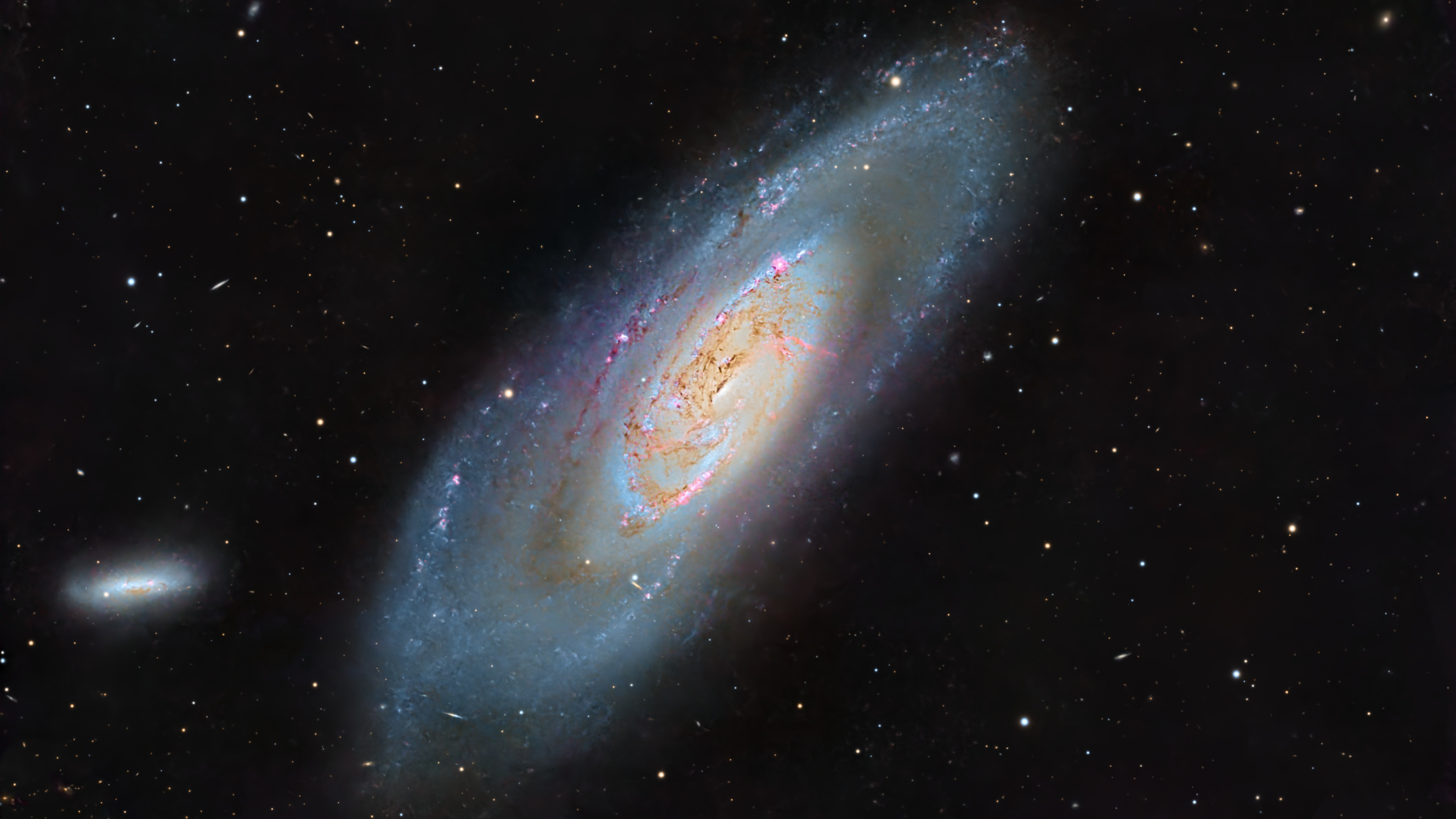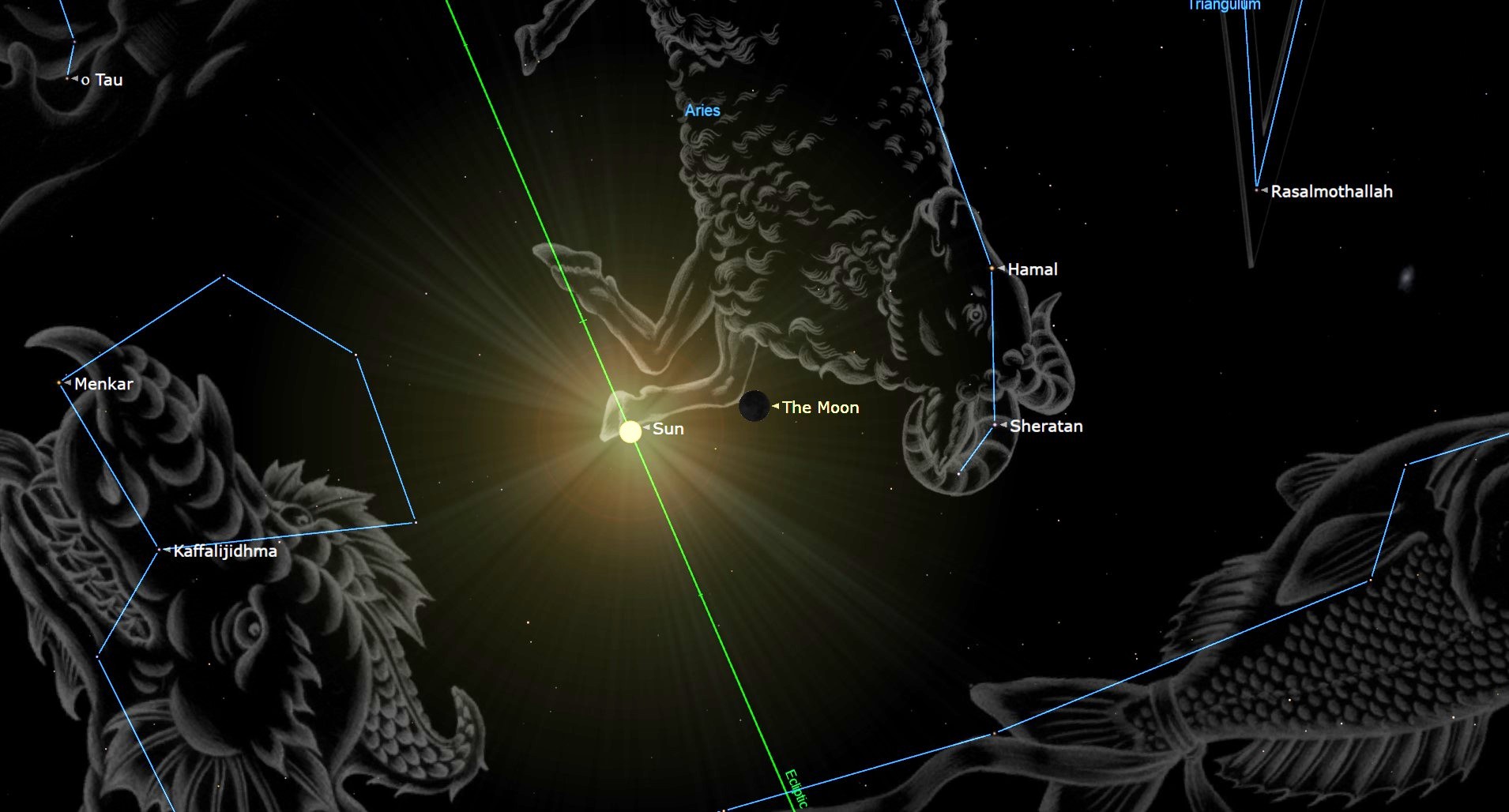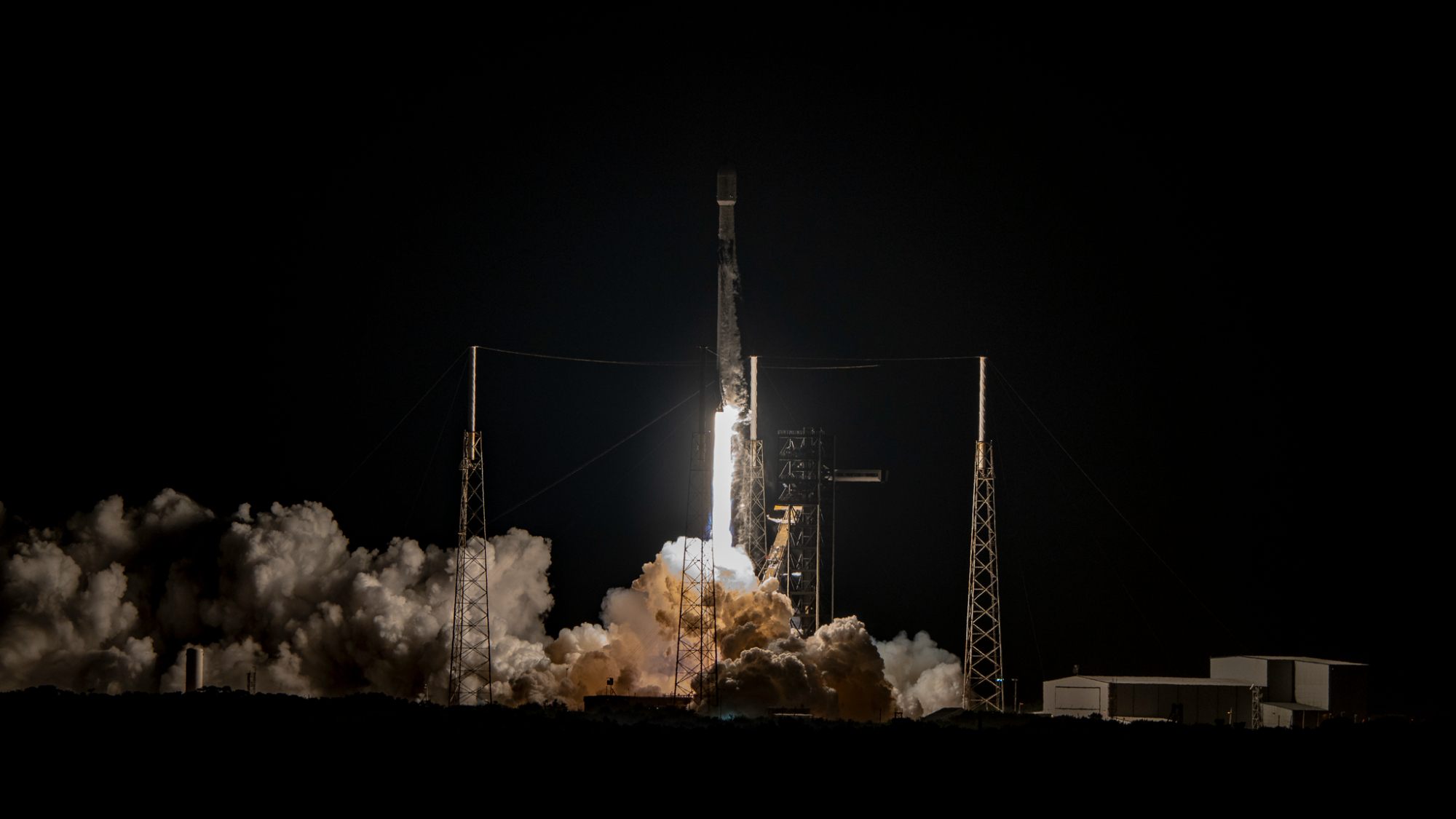White House to Look at How Best to Protect Apollo Moon Landing Sites
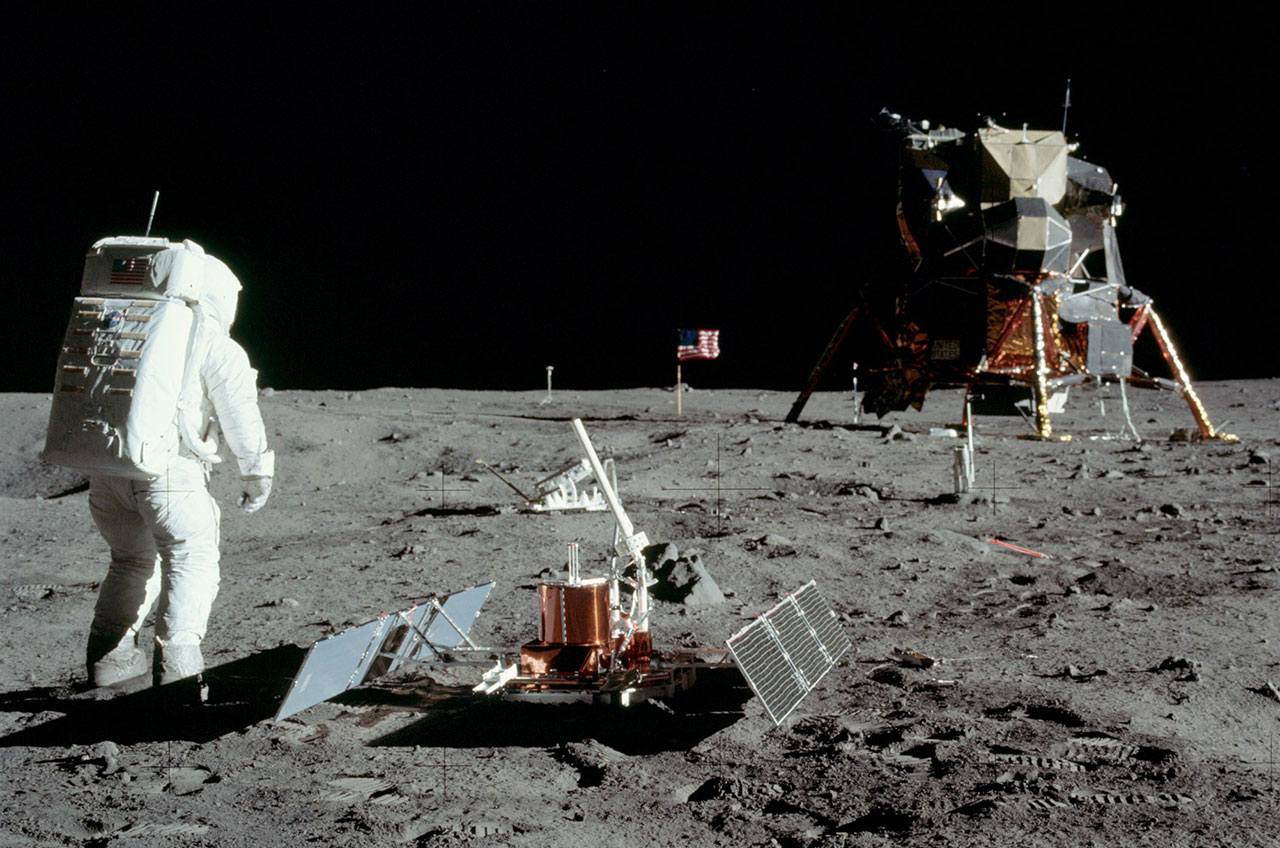
The White House will look at what laws or international treaties are needed to protect and preserve the historic Apollo moon landing sites almost half a century after the first astronauts walked on the lunar surface.
President Donald Trump on Tuesday (Mach 21) signed the NASA Transition Authorization Act of 2017, which includes a section directing the White House Office of Science and Technology Policy (OSTP) to assess the issues that relate to "protecting and preserving historically important Apollo program lunar landing sites and Apollo program artifacts residing on the lunar surface, including those pertaining to Apollo 11 and Apollo 17," the first and last missions to land astronauts on the moon.
"Almost half a century ago, our brave astronauts planted the first American flag on the moon," said President Trump on Tuesday, surrounded in the Oval Office by members of Congress and astronauts Tracy Caldwell Dyson and Chris Cassidy. "A big moment in our history." [6 Things to Know About Trump and NASA]
The bill, which also directs NASA to study a crewed Mars mission to be launched in 2033 and sets the foundation for providing former astronauts with healthcare, stipulates that the OSTP director learn what new legislation, international treaties or other actions are needed to protect the historic moon landing sites from being disturbed or destroyed and report the findings to Congress within the next year. Trump has not yet appointed a new OSTP director, a position also known as the President's Science Advisor.
Between 1969 and 1972, six Apollo flights delivered a total of 12 astronauts (two each mission) to explore the moon's surface. Each mission left behind a descent stage from its lander, known as the lunar module, as well as experiment equipment, an American flag, mementos, spent spacesuit components and the moonwalkers' footprints in the lunar regolith (soil). The three last flights also left behind a lunar roving vehicle, or moon buggy, that extended the area the astronauts were able to venture.
Apollo 11, the first crewed lunar landing, touched down at "Tranquility Base" in the corner of a lava plain called Mare Tranquillitatis, or the Sea of Tranquility. Apollo 17, the last (to date) site where humanity left bootprints and tire tracks on the moon, landed in the moon's Taurus-Littrow valley.
Although there are no definitive plans to return humans to the surface, renewed attention to the moon by government and commercial entities has raised concerns for protecting the Apollo sites.
Get the Space.com Newsletter
Breaking space news, the latest updates on rocket launches, skywatching events and more!
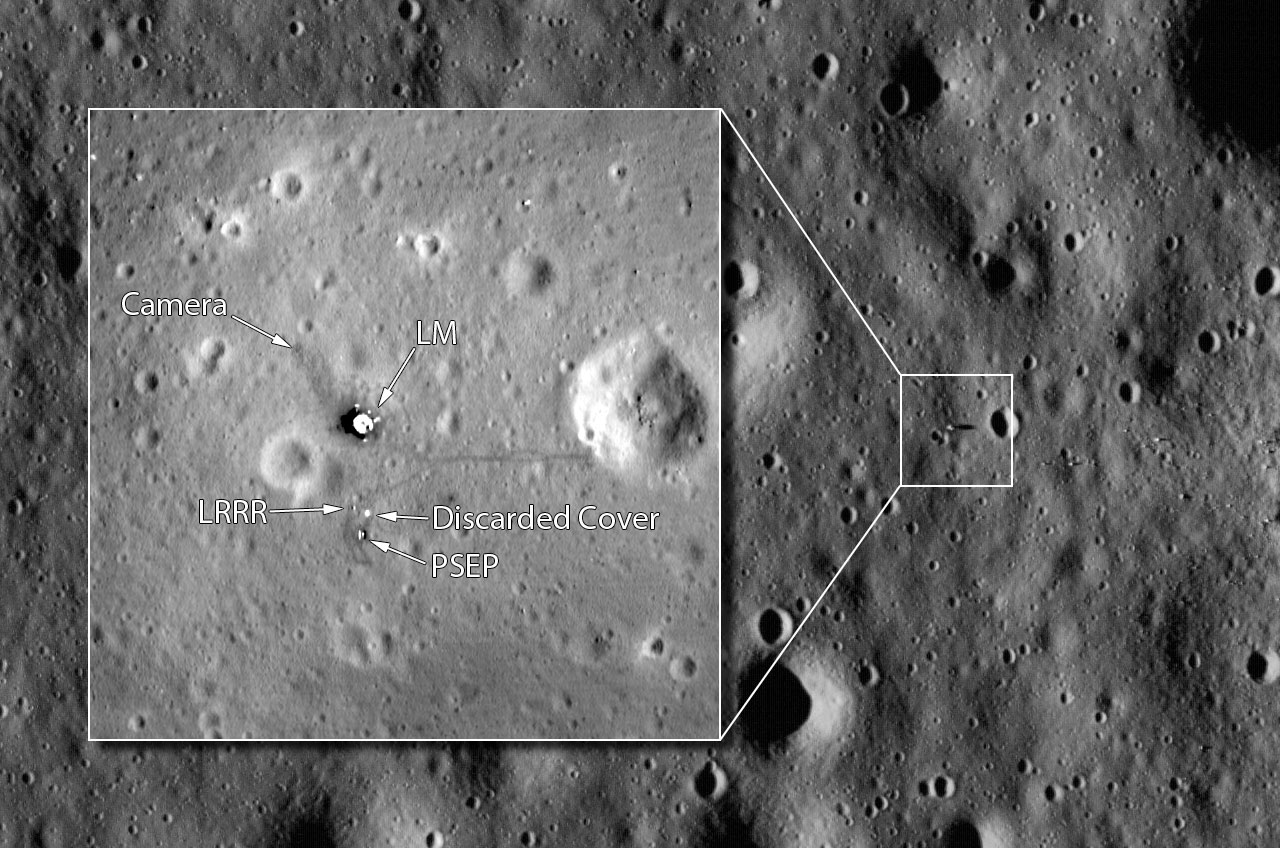
A commercial competition, the Google Lunar X Prize, may result in one or more robotic rovers being launched to the moon by as soon as the end of this year and other nations, including China and Russia, have current and future moon missions planned.
In 2011, NASA released recommendations for spacefaring entities on how to preserve the historic and scientific value of its lunar artifacts, including the Apollo landing sites and their precursor robotic probe sites. The detailed report did not set mandatory requirements. Rather, its contents were only guidelines for future mission planners.
In 2013, lawmakers from Maryland and Texas introduced the "Apollo Lunar Landing Legacy Act" to establish a new National Park on the moon. Had it not stalled in committee, the bill would have resulted in Apollo 11's Tranquility Base being submitted to UNESCO (United Nations Educational, Scientific and Cultural Organization) for consideration as a World Heritage Site.
The current legislation, the NASA Transition Authorization Act, directs the President's Science Advisor to consult with the relevant agencies and stakeholders to determine what risks exist now and in the future to the moon landing sites. The OSTP director will then determine the extent to which legislation or international treaties are needed and suggest "recommendations for protecting and preserving [the] lunar landing sites and artifacts."
The director of the OSTP has until March 21, 2018, a year after the enactment of the bill, to submit the assessment's results to the appropriate congressional committees.
Follow collectSPACE.com on Facebook and on Twitter at @collectSPACE. Copyright 2016 collectSPACE.com. All rights reserved.
Join our Space Forums to keep talking space on the latest missions, night sky and more! And if you have a news tip, correction or comment, let us know at: community@space.com.

Robert Pearlman is a space historian, journalist and the founder and editor of collectSPACE.com, a daily news publication and community devoted to space history with a particular focus on how and where space exploration intersects with pop culture. Pearlman is also a contributing writer for Space.com and co-author of "Space Stations: The Art, Science, and Reality of Working in Space” published by Smithsonian Books in 2018.In 2009, he was inducted into the U.S. Space Camp Hall of Fame in Huntsville, Alabama. In 2021, he was honored by the American Astronautical Society with the Ordway Award for Sustained Excellence in Spaceflight History. In 2023, the National Space Club Florida Committee recognized Pearlman with the Kolcum News and Communications Award for excellence in telling the space story along the Space Coast and throughout the world.



